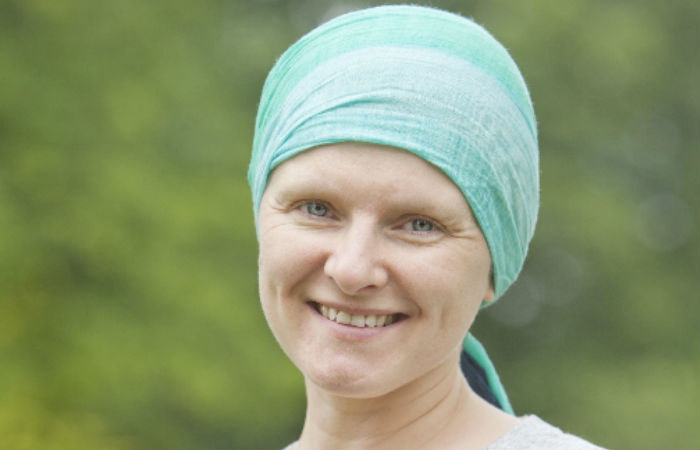Getting behind the stats on cancer
Record learning outcomes

Since 2001, the number of cancer diagnoses in England has increased from 234,362 to 305,683 in 2017. Currently one in two of those born after 1960 will be diagnosed with cancer at some point in their lives. However, a recent blog by Sarah Caul, head of cancer analysis at the Office of National Statistics, says there is some good news behind the headline statistics.
Since 2001, both the number of cancer diagnoses and deaths from cancer have been increasing. However, diagnoses have increased more rapidly (30 per cent) than deaths (seven per cent) which suggests that survival is improving. Better cancer survival rates are backed up by recent figures.
So why are cancer diagnoses increasing? The ageing population is one reason. In 2017 one in every five people in the UK (18.2 per cent) were aged 65 years and over, and this is expected to reach around one in every four people (24.0 per cent) by 2037. More than 65% of all people diagnosed with cancer in England are over the age of 65.
The introduction of screening programmes for breast cancer, bowel cancer and cervical cancer, which has led to an increase in levels of diagnosis, is another. There have also been improvements to the way cancer diagnoses are recorded, says the ONS.
One benefit of screening programmes is that cancers may be diagnosed before symptoms appear, leading to detection at an early stage For many types of cancer, there is a better chance of survival if it is detected early, which is one reason why survival rates are going up. Another is that NHS England has identified cancer as one of its top priorities and there have been improvements to cancer services and care in England.
